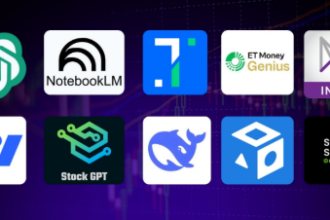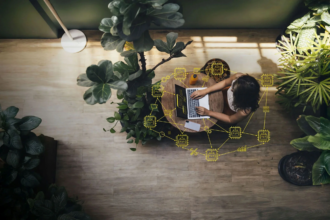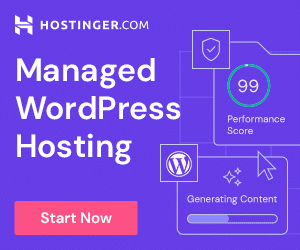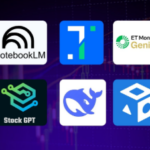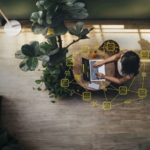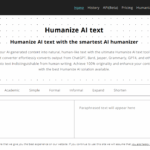In this article, I will Talk about the AI Dangers and Risks keeps racing forward.
Knowing risks like built-in bias, privacy leaks, and plain old misuse is key for everyone. Well also walk through easy ways to spot, tame, and steer those threats so AI truly helps people instead of hurting them.
What is AI Dangers and Risks?
AI dangers are the unwanted problems that can pop up when people create and use smart computer programs. Ethical worries, like biased algorithms that favor one group over another, sit right at the top.

Then there are privacy leaks because data is mismanaged, gigs vanish as robots take over routine tasks, and shaky self-driving systems that make bad calls on the road.
Add in misuse, such as fake videos or hacking tools built on machine learning, and the picture grows darker. Spotting these threats early-and fixing them-is key to keeping AI helpful, fair, and safe for everyone.
How to Identify and Manage Them

Conduct Risk Assessments
Before launching an AI tool, scan it for ethical, legal, and tech weak spots so problems dont surprise you later.
Monitor AI Outputs Continuously
Keep an eye on live decisions in real time, flagging any hints of bias, mistakes, or risky behavior.
Audit Data and Algorithms
Go over training sets and model results on a regular schedule to catch hidden prejudices or defects.
Implement Human Oversight
At critical moments, let a person review or approve the machines call so someone is answerable.
Apply Ethical and Legal Standards
Stick to recognized AI ethics guides and meet the rules set by local and global authorities.
Maintain Transparency
Use easy-to-explain models, so everyone can follow how a decision was reached and why.
Update Systems Regularly
Feed in fresh data, listen to feedback, and tweak the code often to shrink long-term risks.
Strategies to Manage and Mitigate AI Risks
Build Clear Ethics Rules for AI
Write straightforward rules that steer every step from coding to launching smart tools.
Keep People in the Loop
Insert a human check in key tasks so bots cant pull the trigger on dangerous calls.
Protect Private Data
Lock up user info with encryption, anonymization, and tight sign-in controls to block abuse.
Pick Open-and-Clear Models
Work with models that show, in plain terms, how they reached each choice or score.
Check AI Health Often
Run regular scans for bias, glitches, or drop-offs in how well the system performs.
Teach Teams About AI Safety
Train coders, analysts, and decision-makers to spot risks and act responsibly every day.
Follow the Rules Already Out There
Stick to accepted industry standards and global laws to stay compliant and own your choices.
Plan for Breakdowns or Backlash
Set up clear steps to fix failures, shut down misuse, and respond fast when ethics slip.
The Role of Education and Awareness
Staying safe around AI starts with solid education and plain honesty about the risks. When developers, users, and decision-makers learn about ethical code, bias control, and data safety, they use the tools more responsibly.
Public awareness helps everyone grasp how AI touches daily life and choose wisely. Easy training sessions, hands-on workshops, and straight talk build a culture of accountability so AI is built and used in ways that put safety, fairness, and transparency first.
Assessing Social Impact and Inequality
AI tools can shake up our social systems and widen the gap between rich and poor when we dont keep an eye on them. Because most programs learn from past data, they often repeat old stereotypes and pick winners and losers in hiring, loans, or policing.
At the same time, robots and smart software keep replacing routine tasks, leaving many low-skill workers with few options. Studying these effects, giving all communities the same tech access, and writing rules that protect fairness must come first.
Risk & Security
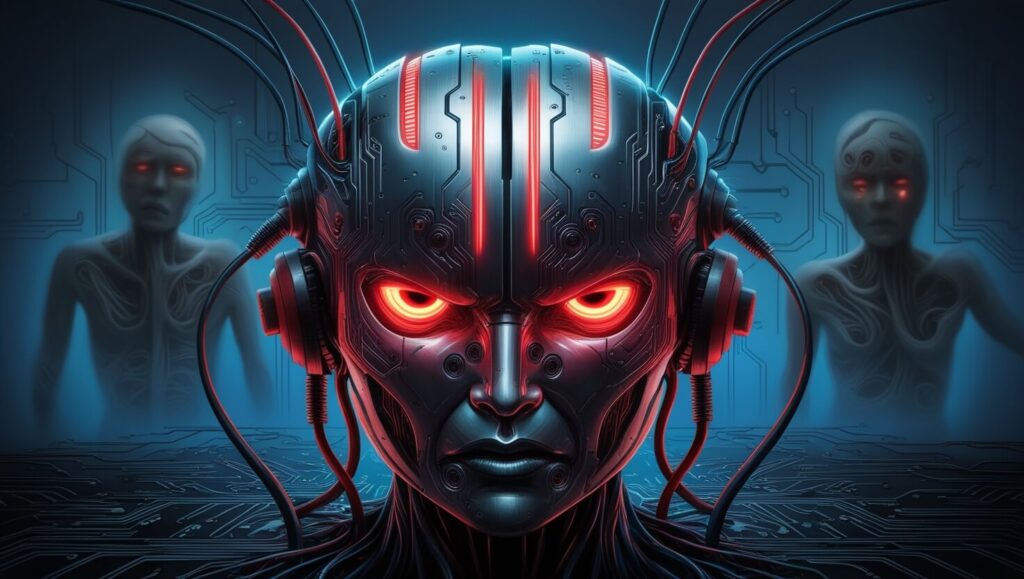
Risks:
Data Breaches: Because AIs process huge piles of private information, crooks see them as easy gold mines.
Adversarial Attacks: Hackers feed tiny, crooked tweaks into the data and watch the model stumble.
Model Theft and Manipulation: Someone with the right code can copy an entire model or quietly tweak it.
Unauthorized Access: Weak passwords or loose permissions let insiders-and outsiders-do whatever they please.
Automation of Cyberattacks: Launching fast, robotic probes, bad actors use AI to hunt for fresh holes around the clock.
Security Measures:
Encryption: Lock files and streams with strong math so nosy eyes cant read them.
Robust Authentication: Pair passwords with something users have or are, and review who gets in.
Regular Security Audits: Treat every model like a car; lift the hood, spin the tires, and check for rust.
Adversarial Training: Show the AI bad samples over and over until it learns to call foul.
Incident Response Plans: When alarms ring, play the rehearsed playbook, not improv.
Future Outlook: Balancing Innovation and Safety
Responsible AI Development: New A I projects will put people first, aiming for fairness and clear responsibility from start to finish.
Stronger Global Regulations: Countries are likely to roll out tighter rules so A I is safer and easier to understand everywhere.
Collaboration Across Sectors: Tech firms, lawmakers, and academics need to join forces to match A Is speed with public safety.
Focus on A I Transparency: Clear, easy-to-grasp models will be a must if companies want users to trust smart machines.
A I Risk Prediction Tools: Built-in check-up tools that spot trouble early will become standard parts of every A I project.
Pros & Cons
| Pros | Cons |
|---|---|
| Enhances safety and trust in AI systems | Requires significant time and resources |
| Reduces legal and ethical violations | May slow down innovation and deployment |
| Improves decision-making transparency | Complexity in detecting subtle biases or errors |
| Helps ensure regulatory compliance | High cost of continuous monitoring and auditing |
| Encourages responsible and ethical AI development | Need for specialized skills and ongoing training |
Conclusion
To sum it up, artificial intelligence carries real threats to our privacy, fairness, safety, and even the way society works.
Yet, if we spot these problems early and apply solid controls- like clear ethical rules, people watching over the code, and constant check-ups- we can still enjoy AIs upsides without major risk. Pairing careful design with good education and laws keeps these tools focused on helping people while cutting down on harm.

